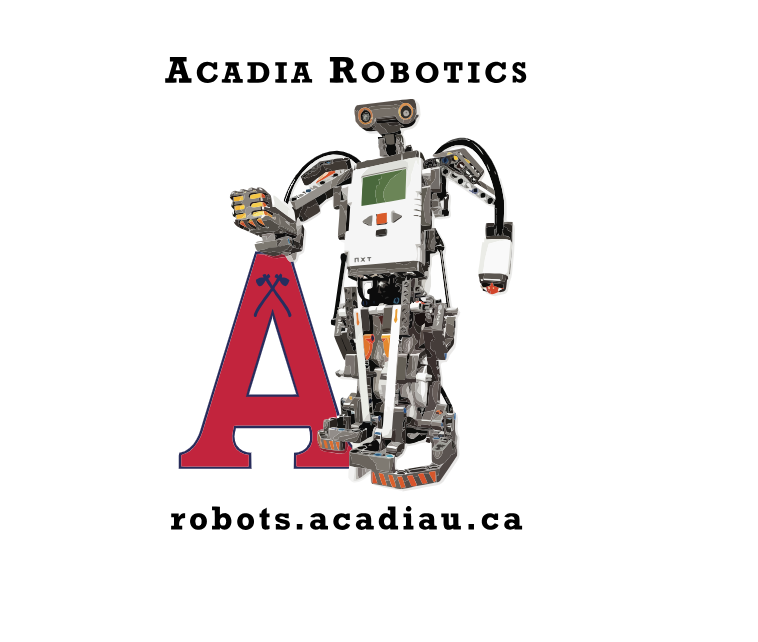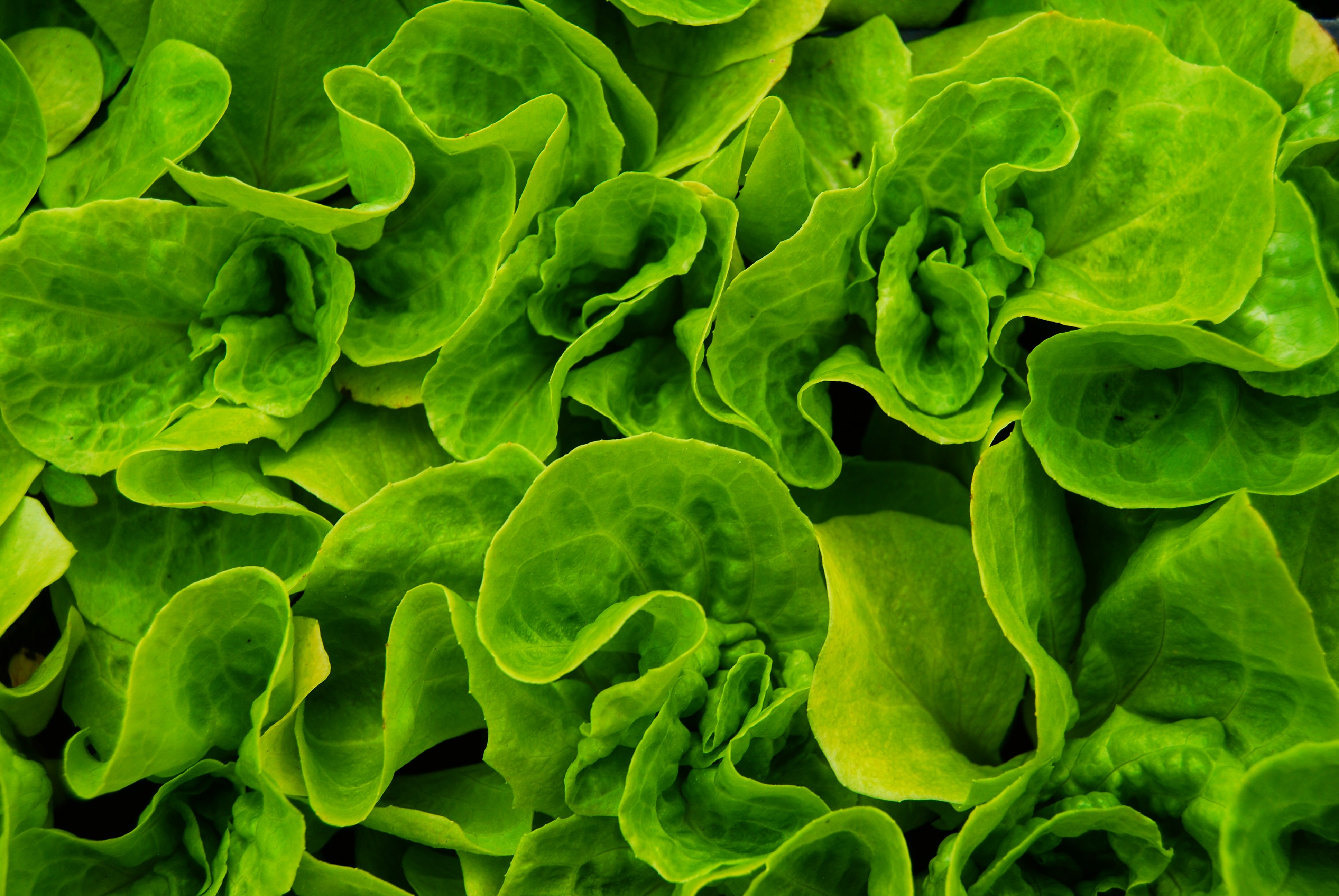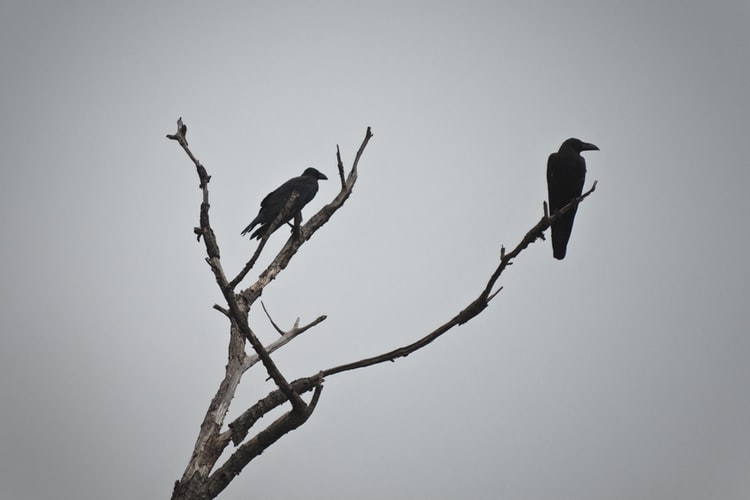
On Saturday, November 5th, Horton High School hosted its second Brain Wars competition to engage students with creative problem solving tasks. The event took place in the Horton cafeteria and went from 11:00-5:00pm. Acadia Faculty members such as Dr. Russell Easy, Prof. Robert Seale, Dr. Danny Silver, and Michelle Coleman judged the teams that presented ideas. Dr. Craig Bennett and Dr. Jeff Hooper were present as Celebrity Brains. In addition, Acadia students Jamie Byrnes-MacDonald, Kaela Fraser, Connor Murdock, Teagan Kew, Jennifer Kerr, Nicole Jarmash, Alice Lacaze-Masmonteil, Miriam Hewlett, Corbin Russell, Margaret Buhariwalla, Kirsten Whiteway, Olivia Raiche-Tanner, Rachel Clarke, Dillon Burgess, Madeleine Kelly, and Omar Khattab volunteered at the event. Dr. John Wang and Dr. Haixin Xu also volunteered. Other volunteers came from St. Mary’s University and CBC Unlimited Engineering.
Final Results:
1st: Bridgetown Regional High School- Magnesium Bright
2nd: Horton High School- Inflatable Pumpkin
3rd: Northeast Kings Education Centre- Space Jam
Best Team Nomenclature: Horton High School- 2 [Bee icon] or °2 [Bee icon]
Prize for Ingenuity and Creative Thinking: Bridgetown Regional High School – Magnesium Bright
The event incorporated aspects from the arts, science, engineering, math, and technology. Jessica Bennett, the student Director of Brain Wars at Horton, was inspired by a similar event at St. Mary’s. “I went when I was in 10th grade,… and was so inspired by their competition, I came back the next year and said, we should do that here, for high school students.” The turnout this year was twice as good as it was last year. For Bennett, one of the highlights was witnessing how many different ways people approached the tasks. This mentality was echoed by Tracy Webb, a Horton High School faculty member. “[There were some] really innovative ways that different groups tried to solve the tasks … some groups would try to go step by step, and others would concur and divide. It was interesting to see the huge variety of ways that people worked together as a group.” Some groups approached a greek alphabet and greek passage by trying to divide it word by word. Others went through it letter by letter.
Bennett came up with each task and tested them before school started. At the beginning of the year, she captained the Horton team and trained them for these sorts of competitions. Such tasks included coming up with a possible use for a mystery tool, and answering trivia questions. The tool task was ranked based on creativity and how close their answer was to the actual tool. Trivia questions included things like: “What is the name of the physicist whose particle was confirmed in 2013 (the particle is named after him)?”; “If the probability of getting a red light is 40%, how likely is it that you will get a green light 3 times in a row?”; and “How many transistors are there in an average microprocessor?” The event also included artistic tasks, such as interpreting a STEAM (Science, Technology, Engineering, Arts, Mathematics) concept with a dance, and putting on a pirate costume as quickly as possible.
Brain Wars hopes to encourage young people to get involved with STEAM and to pursue careers in the sciences. This type of event helps show students that there’s more than one way to solve a problem, and it’s not always the most obvious way. It helps them realize that there’s a huge connection between the sciences and the arts. If you want to be the best at solving problems, you need to bring in each element instead of isolating just one. This was seen primarily at the balloon animal station. Some groups tried to divide a long balloon into four segments and approached it in a logical manner. However, those groups realized that looking at it in a mathematical way wouldn’t leave enough materials for other components. Creating a design and looking at it from an artistic perspective allowed teams to come up with more diverse answers. In addition, the sand castle building challenge brought together scientific ideas, such has cohesiveness and the physics behind a draw bridge with creative designs.




